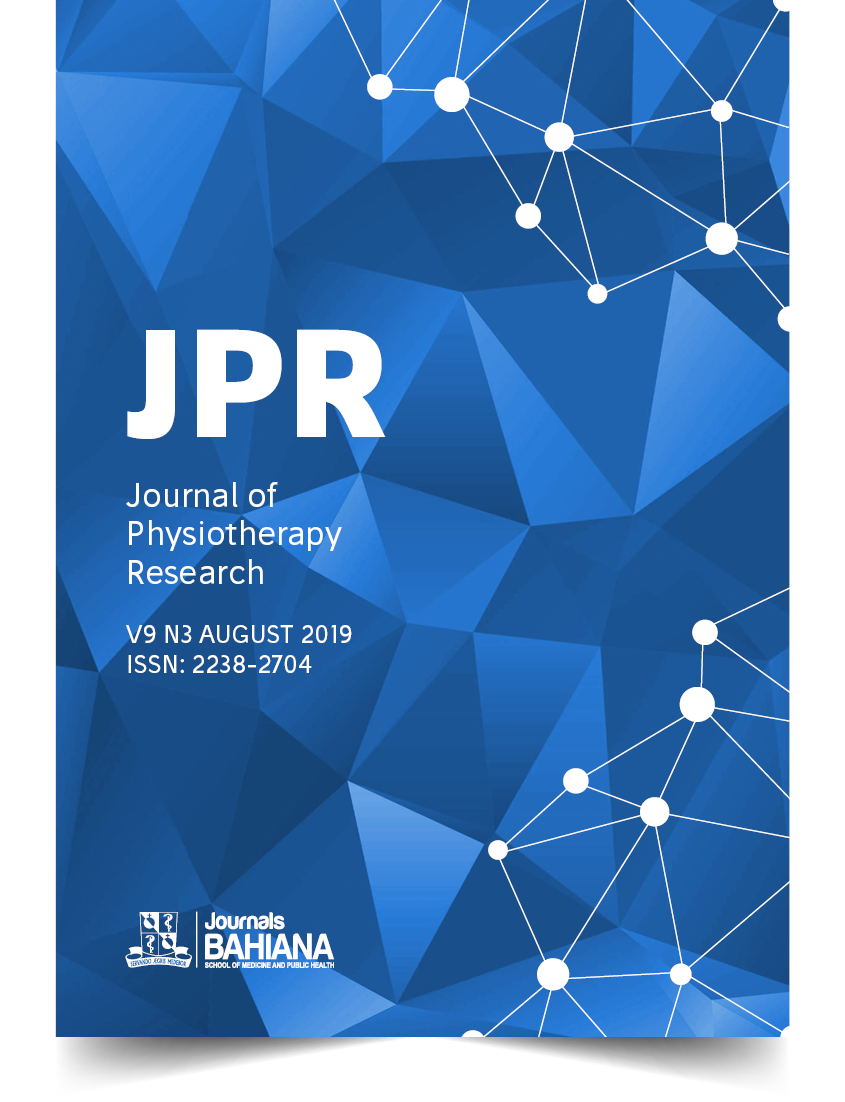Methods of equilibrium assessment and use in non-healthy individuals: a systematic review
DOI:
https://doi.org/10.17267/2238-2704rpf.v9i3.2435Keywords:
Postural Balance. Physical Therapy Specialty. Systematic Review.Abstract
INTRODUCTION: The evaluation of the balance is a well-known subject and several tests were elaborated with the intention to identify the changes in an early form. However, there is still divergence over which test to use in clinical practice. OBJECTIVES: To identify the most used balance evaluation methods in published research in the last 4 years and the use in unhealthy subjects. METHODS: This study is characterized as a systematic review of the literature and is in compliance with the guidelines of the PRISMA protocol. The data search was performed in 4 PUBMed, Scielo, LILACS and PEDro databases. Randomized clinical trials published between 2014 and 2018 involving static and dynamic balance assessment in unhealthy patients were included. RESULTS: The search resulted in 151 articles, of which 27 met the inclusion criteria. The Balanced Balance Scale, Time Up And Go, Balance Evaluation Systems Testing the Functional Reach Test were the most widely used methods for assessing balance and the Stroke and Parkinson's were the most obvious complications. CONCLUSION: The Berg Balance Scale, Timed up and go, Balance systems test and functional reach test were the most used scales in the last four years.Downloads
Download data is not yet available.
Downloads
Published
08/26/2019
Issue
Section
Literature Reviews
How to Cite
1.
da Costa Rocha JV, Barros de Araújo DR, Barbosa da Rocha R, Saura Cardoso V. Methods of equilibrium assessment and use in non-healthy individuals: a systematic review. Rev Pesq Fisio [Internet]. 2019 Aug. 26 [cited 2024 Nov. 23];9(3):409-20. Available from: https://www5.bahiana.edu.br/index.php/fisioterapia/article/view/2435



